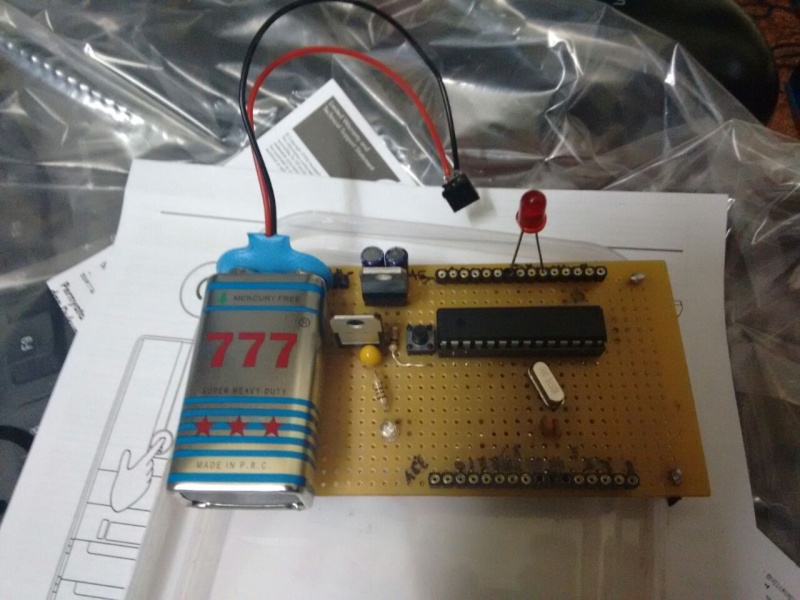Hello guys. If you have great ideas in mind but the cost of arduino microcontrollers obstruct you! Well then you are in the right place now. Here we have some simple ways to clone arduino boards inexpensively and give you a small insight into the construction of arduino microcontroller boards. Pls note: we are not designing this procedure, but only giving you a compiled information found across the web.
Electromaniacs





















